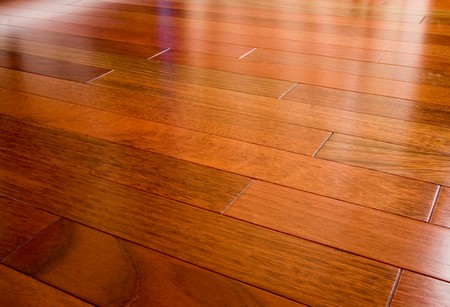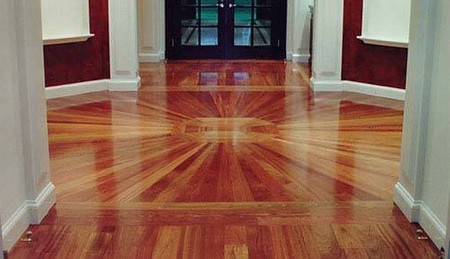Right from the start, be assured there is no perfect wood treatment. All are compromises between durability, appearance, and ease of application, so you must know what final effect you want before you start.
Staining is not always essential. Many craftsmen abhor the use of wood colouring, maintaining that if something is not the right colour, a different wood should have been used in the first place. For re-finishing, however, you are bound to be ‘matching up’. Dyes and stains have traditionally been used to make cheap wood look better, or to give a uniform appearance to a hodge-podge of timbers in one construction. Different woods behave differently with the same application, so test your colour on inconspicuous parts.

Some stains darken if you put more on; some do not. Some are difficult to apply evenly, but do not fade; some are easy to apply, but are not so light-fast. The actual colouring agent can be a pigment, which does not soak into the wood, or a dye, which does. Finishes also penetrate, or lie on the surface. They dry by evaporation, or by reaction with the air. Waxes and oils are-absorbed into the wood, allowing it to breathe and move, and give a warmth unequalled by harder finishes. Oils do not alter the texture of the wood, and waxes, like the scented carnauba and bees’ waxes, add their own aroma to a wood’s distinctive smell; neither oils nor waxes, however, protect the surface from dents, although some oils are very good for heat and water resistance. Waxes need a lot of maintenance; oils give a flat, dull sheen which you do not get with any other finish. Teak and Danish oils contain synthetic resins, which add to their durability and ease of application.
French polish, the shellac finish of tradition, is prized for its clarity, brilliance and depth. It is soft enough to allow the wood to move a little, but it does need protection from liquids and sunlight. While not as difficult to apply as you might think, it requires more processes and a special ‘knack’.
There is quite a range of hardness and methods of application even among the varnishes. The traditional types are based on natural resins and gums, the modern ones on synthetic resins – alkyds, phenolics, or polyurethanes. Phenolic-based spar or marine varnish is softer to allow wood movement; polyurethanes are household-hard but difficult to apply well.

Lacquers are either cellulose or synthetic, and because of their speed of drying, most used in furniture production. If you can master spraying – which is not difficult – there is no real reason why they cannot be considered as alternatives to french polish, but it is difficult to apply them with a brush. The vapours they give off are highly noxious, which is perhaps why they do not find their way on to the domestic market.